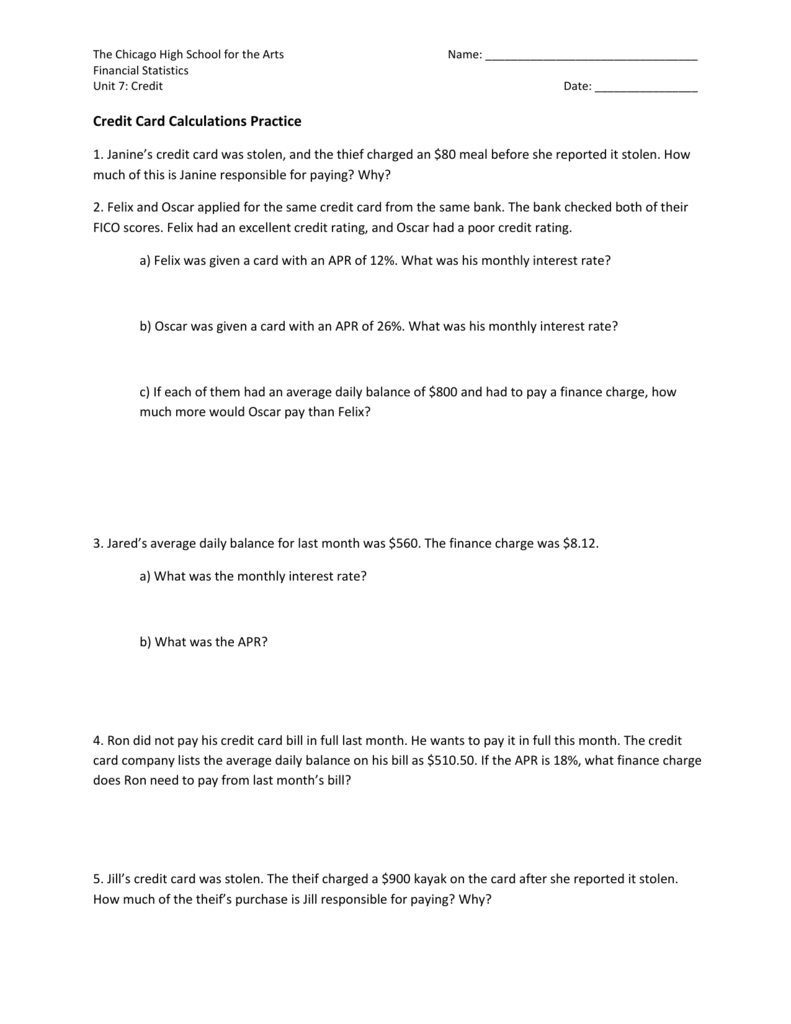Table of ContentsOur What Do You Learn In A Finance Derivative Class PDFsWhat Are Derivative Instruments In Finance for DummiesThe Best Strategy To Use For What Is Derivative In FinanceAll About What Is A Derivative In.com Finance
Due to the fact that they can be so volatile, relying greatly on them could put you at serious monetary threat. Derivatives are complex monetary instruments. They can be terrific tools for leveraging your portfolio, and you have a great deal of flexibility when choosing whether or not to exercise them. However, they are also dangerous financial investments.
In the ideal hands, and with the right technique, derivatives can be a valuable part of an investment portfolio. Do you have experience investing in financial derivatives? Please pass along any tips in the comments below.
What is a Derivative? Basically, a derivative is a. There's a great deal of terminology when it comes to learning the stock market, but one word that investors of all levels need to understand is derivative since it can take numerous kinds and be a valuable trading tool. A derivative can take lots of kinds, consisting of futures contracts, forward contracts, options, swaps, and warrants.
These properties are typically things like bonds, currencies, commodities, interest rates, or stocks. Consider example a futures agreement, which is among the most common kinds of a derivative. The worth of a futures contract is impacted by how the underlying agreement performs, making it a derivative. Futures are normally used to hedge up riskif a financier purchases a particular stock but concerns that the share will decrease gradually, she or he can participate in a futures agreement to protect the stock's worth.
Unknown Facts About What Is A Derivative Finance
The over-the-counter variation of futures agreements is forwards agreements, which essentially do the same thing but aren't traded on an exchange. Another common type is a swap, which is normally a contact in between two individuals accepting trade loan terms. This could involve someone switching from a set rates of interest loan to a variable interest loan, which can assist them improve standing at the bank.
Derivatives have actually developed with time to consist of a range of securities with a variety of functions. Due to the fact that investors try to benefit from a cost modification in the hidden possession, derivatives are usually utilized for speculating or hedging. Derivatives for hedging can frequently be deemed insurance plan. Citrus farmers, for instance, can utilize derivatives to hedge their exposure to cold weather that could greatly minimize their crop.
Another typical usage of derivatives is for speculation when wagering on an asset's future price. This can be especially practical when trying to prevent exchange rate problems. An American financier who purchases shares of a European business using euros is exposed to exchange rate risk because if the currency exchange rate here falls or changes, it could affect their total earnings.
dollars. Derivatives can be traded two ways: over-the-counter or on an exchange. Most of derivatives are traded nonprescription and are uncontrolled; derivatives traded on exchanges are standardized. Usually, over-the-counter derivatives bring more danger. Before getting in into a derivative, traders must understand the risks associated, consisting of the counterparty, underlying asset, price, and expiration.

Rumored Buzz on What Is Considered A Derivative Work Finance
Derivatives are a typical trading instrument, but that does not suggest they are without debate. Some investors, especially. In truth, experts now extensively blame derivatives like collateralized financial obligation commitments and credit default swaps for the 2008 financial crisis due to the fact that they resulted in excessive hedging. Nevertheless, derivatives aren't inherently bad and can be a helpful and profitable thing to add to your portfolio, especially when you understand the procedure and the threats (what is derivative finance).
Derivatives are one of the most widely traded instruments in financial world. Value of an acquired transaction is originated from the value of its hidden property e.g. Bond, Rate of interest, Product or other market variables such as currency exchange rate. Please check out Disclaimer prior to continuing. I will be describing what derivative financial items are.
Swaps, forwards and future items are part of derivatives item class. Examples include: Fx forward on currency underlying e.g. USDFx future on currency underlying e.g. GBPCommodity Swap on commodity underlying e.g. GoldInterest Rate Swap on rates of interest curve underlying e.g. Libor 3MInterest Rate Future on interest rate underlying e.g. Libor 6MBond Future (bond hidden e.g.
Therefore any changes to the hidden property can change the value of a derivative. what is a derivative in.com finance. Forwards and futures are financial derivatives. In this section, I will detail similarities and differences among forwards and futures. Forwards and futures are extremely similar because they are contracts in between 2 parties to purchase or sell an underlying asset in the future.

The Ultimate Guide To Finance What Is A Derivative
However forwards and futures have many differences. For a circumstances, forwards are private between 2 celebrations, whereas futures are standardized and are between a party and an intermediate exchange house. As a repercussion, futures are more secure than forwards and generally, do not have any counterparty credit threat. The diagram below shows characteristics of forwards and futures: Daily mark to market and margining is needed for futures contract.
At the end of every trading day, future's agreement price is set to 0. Exchanges maintain margining balance. This assists counterparties alleviate credit threat. A future and forward agreement may have similar homes e.g. notional, maturity date etc, however due to everyday margining balance maintenance for futures, their costs tend to diverge from forward prices.
To highlight, presume that a trader purchases a bond future. Bond future is a derivative on a hidden bond. Price of a bond and rate of interest are highly inversely proportional (negatively associated) with each other. Therefore, when rates of interest increase, bond's price declines. If we draw bond rate and rate of interest curve, we will discover a convex shaped scatter plot.